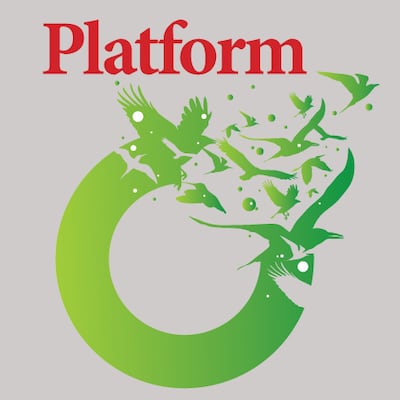A common statistic quoted by organisations working for deaf and hard of hearing people is that about one in 10 of us has a hearing loss to some degree.

That’s a lot of people. Of course, the condition of having a hearing loss can range from very mild loss to profound deafness, with far, far more people experiencing losses at the milder end of the scale.
Indeed, according to Chime, (formerly Deafhear), about 300,000 adults here have a "significant" loss (meaning moderate or greater), and only half of them have ever gone for a hearing test, never mind be prescribed hearing aids. By contrast, it is estimated that there are about 5,000 who use Irish sign language (ISL) as their first or preferred language, and who would tend to be predominantly – but not exclusively – profoundly deaf.
It’s always struck me that, of those deaf or hard of hearing people who choose to be part of any community of people who all share a similar disability, they would gravitate to either the strong, closely-knit deaf community or one of a number of hard of hearing support groups or organisations.
Mainstream schools
Members of the former community would tend to refer to themselves in print as “deaf” in the sense of being a member of a distinct linguistic and cultural minority group. The tie that currently binds most of them together is the shared experience of growing up in schools for the deaf and using ISL among their peers, but you’ll find more people joining today who went to mainstream schools.
The latter group tends to made up of those who communicate exclusively through spoken English, and in which discussions can centre around things like lip-reading skills, new technologies, cochlear implants and hearing aids. They talk about how to "cope" with hearing loss on a day-by-day basis. Not surprisingly, these are much looser, more casual communities – much like any special interest group bound together by a Facebook page or an online forum and who meet in person only very occasionally.
But what is so fundamentally appealing to me about being part of the deaf community is that membership is not dependent on simply having a hearing loss. It depends on whether you are a sign language user. By extension, membership is theoretically open to everyone; you can be a deaf person’s hearing parent, sibling, friend, relative, or colleague. You can be the hearing child of deaf parents, an interpreter, a teacher, a doctor or social worker.
If you don’t already know ISL, you have to take the time to learn it, master it and use it. The reward is membership of a distinct linguistic and cultural group, not to mention the acquisition of a beautiful new language.
If you are deaf or hard of hearing person who knows no ISL and gets by perfectly well without it, more power to you. But the beauty of taking the time to learn ISL is that the members of the deaf community will not define or judge you on the basis of how medically deaf you are, how well you speak or lip-read, whether or not you use cochlear implants or hearing aids; but by how good your ISL is or else your commitment to learning it.
Integrate linguistically
And it’s all down to you, in much the same way as it’s up to you how much you want to integrate linguistically into the local community of the French village where you might live as an expatriate.
As a mainstream-educated deaf person, I discovered the deaf community over 25 years ago, but drifted in and out of it over the years for various reasons, with the result that it took me some considerable time to master ISL. Indeed, it wasn’t until I got involved as a volunteer in deaf organisations over the last few years and use ISL on a day-to-day basis that I finally got to grips with the language. But the reward and satisfaction has been immense.
However, I still want the best of both worlds – hearing and deaf – and I suspect a lot of mainstream-educated deaf children attracted by the idea of learning ISL would want that too, as would their parents. It’s not easy, but it’s absolutely attainable.
But watching a fascinating one-off documentary on RTÉ One last week called Mother Father Deaf (which you can still catch it on the RTÉ Player) reminded me that there is one distinct group that has practically automatic membership of both the deaf and hearing worlds. The documentary tells the story of hearing children born into deaf families and how their upbringing has given them a unique perspective.
In a nutshell, it wasn’t all plain sailing for them by any means, but all three agree that being part of the deaf culture of their parents and families has enriched their lives – something they wouldn’t change for either of their two worlds.
Platform Series: John Cradden
1) 'Deaf, but also iPhone-compatible
2) 'Deaf' rather than 'deaf'
3) Telling it like it is in subtitles
4) 'Deaf gain': my enhanced abilities
5) Missing out on incidental learning
6) Deaf clubs: binding the community
7) I love my cochlear implant
8) Joining the Deaf community
9) Deaf people making ourselves heard











